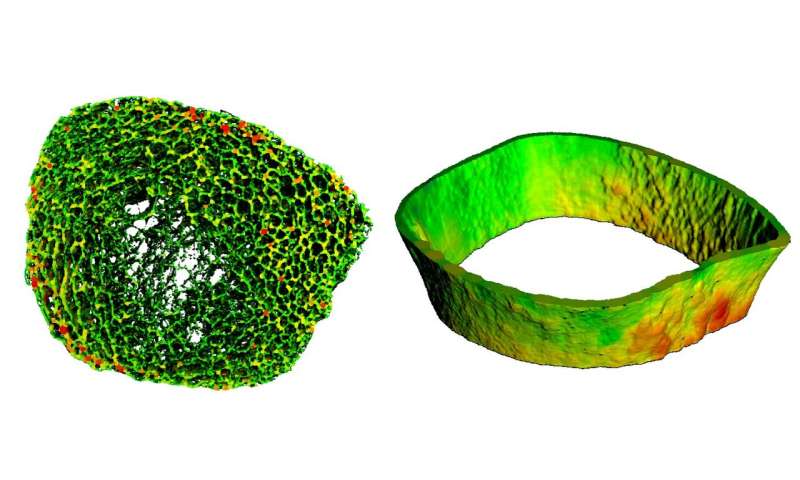
The use of high-resolution peripheral quantitative computed tomography (HR-pQCT) to assess bone microarchitecture in clinical studies has continued to grow rapidly. Thus, there is an urgent need for guidance and consensus on the methods for and reporting of HR-pQCT imaging so that different studies can be compared to each other.
An important new position paper, published by a joint working group from the International Osteoporosis Foundation (IOF), the American Society for Bone and Mineral Research (ASBMR) and the European Calcified Tissue Society (ECTS), now addresses the need for standardization of techniques and terminology, provides guidance on interpretation and reporting of results, and discusses unresolved issues in the field.
Dr. Nicholas Harvey, Professor of Rheumatology and Clinical Epidemiology at the University of Southampton, UK and Chair of the IOF Committee of Scientific Advisors, stated: “HR-pQCT is a powerful technology which provides novel insights into bone microarchitecture which are highly valuable to a broad range of bone-related research. These new guidelines, which are testament to the close collaboration between globally leading organizations in the bone field, provide direction on the technical aspects of HR-pQCT for use in the clinical setting, including best practices for acquisition and analysis of scans, as well as much needed guidance on the presentation and interpretation of results.”
Specifically, the guidance provides:
- standardized protocol for imaging distal radius and tibia sites using HRpQCT, with the importance of quality control and operator training discussed;
- standardized terminology and recommendations on reporting results;
- overview of factors influencing accuracy and precision error, with considerations for longitudinal and multicentre study designs;
- a comparison of original and newer HR-QCT scanners with other high-resolution CT systems.
Source: Read Full Article
